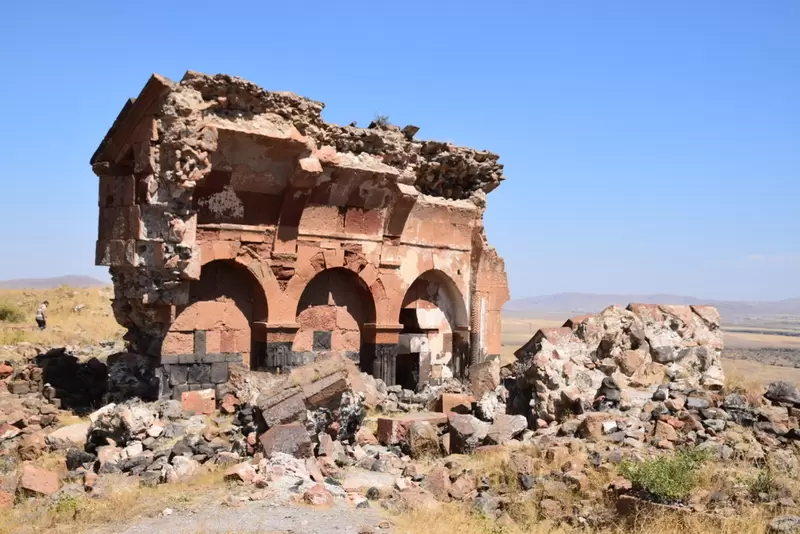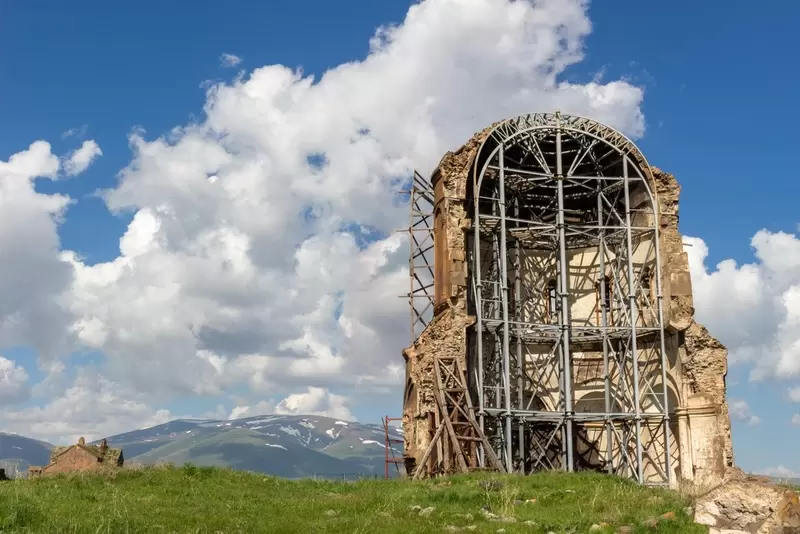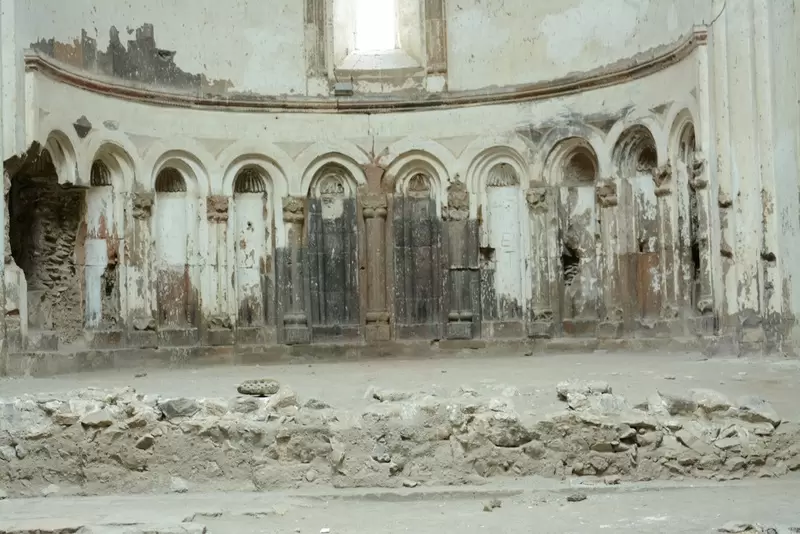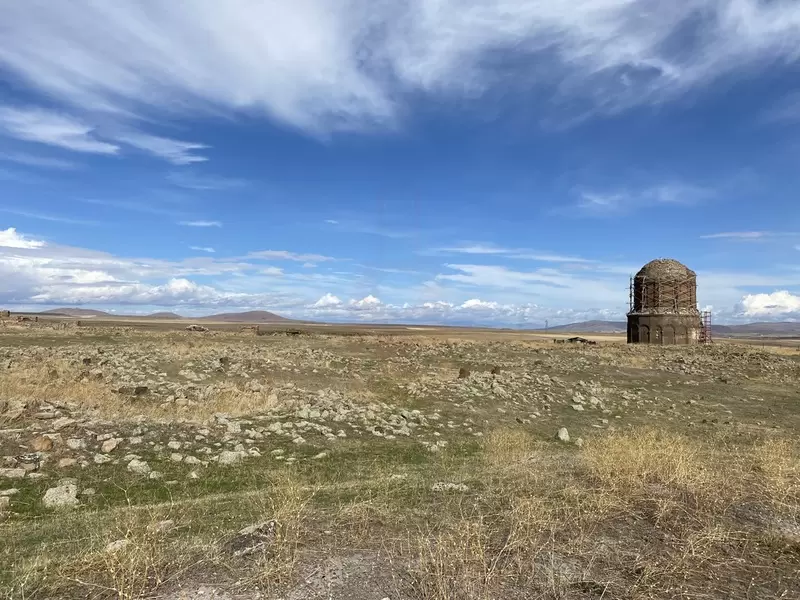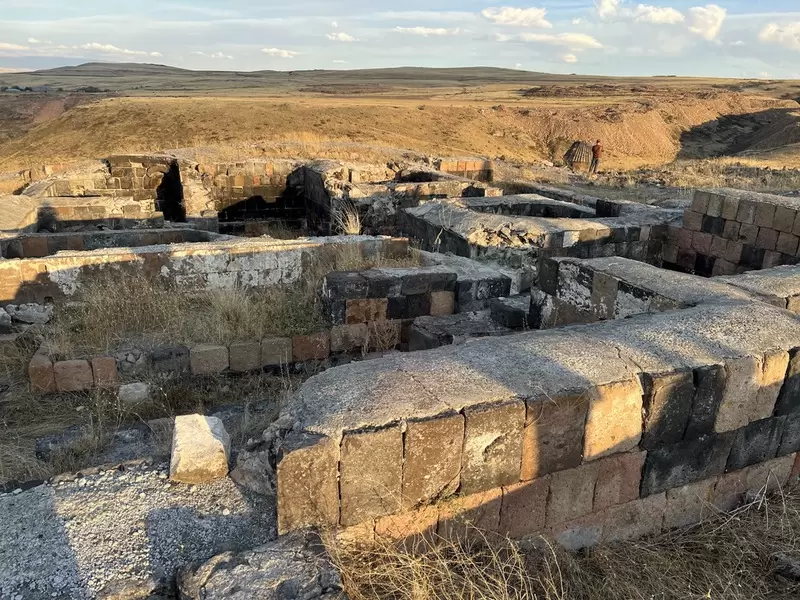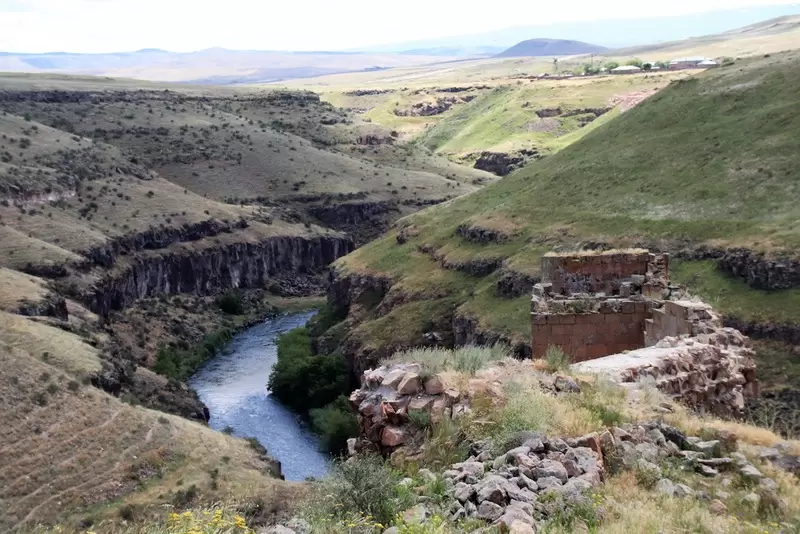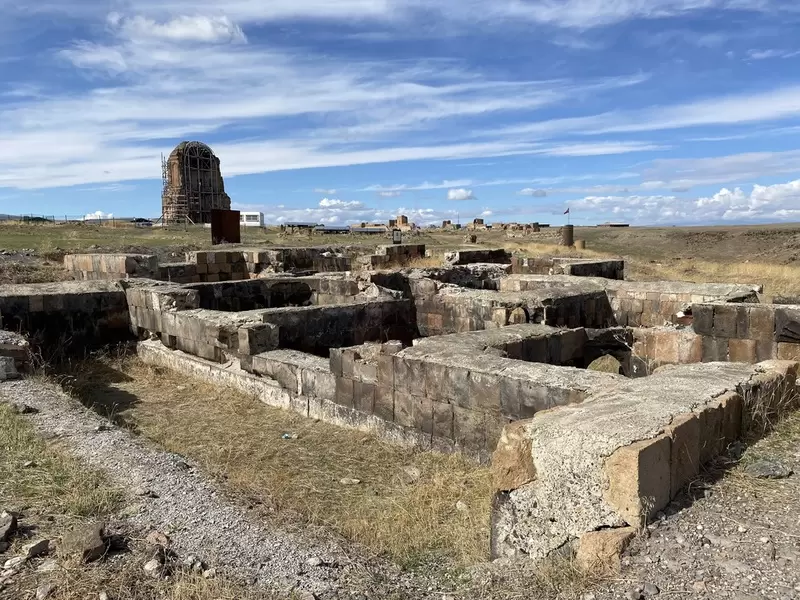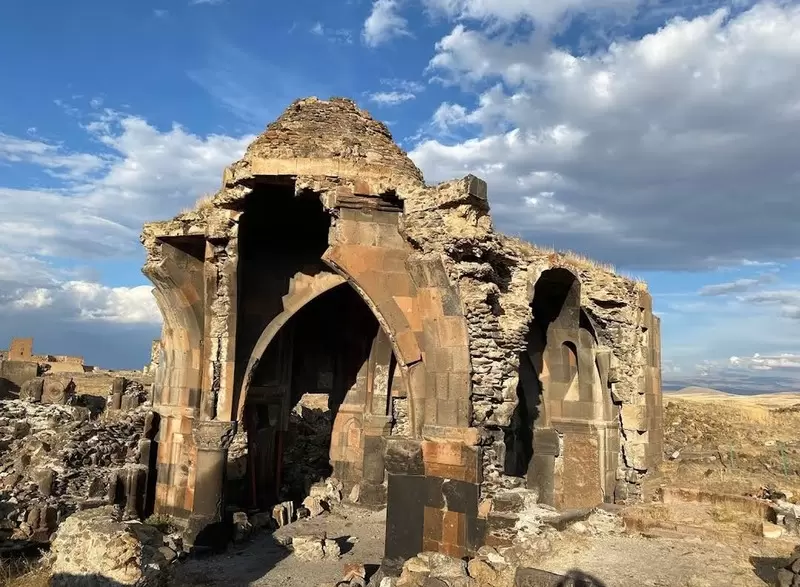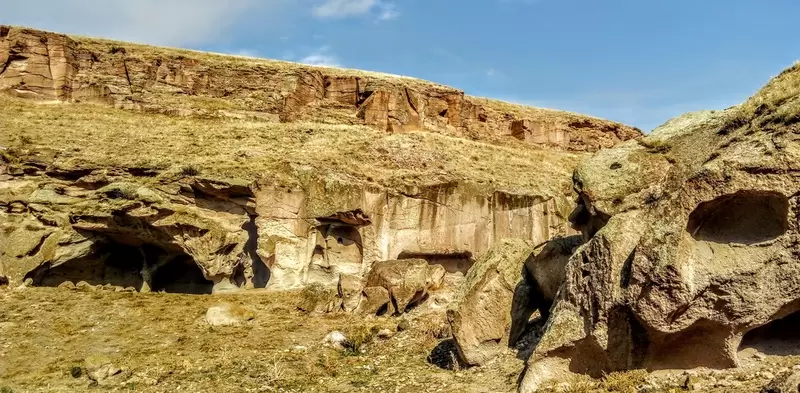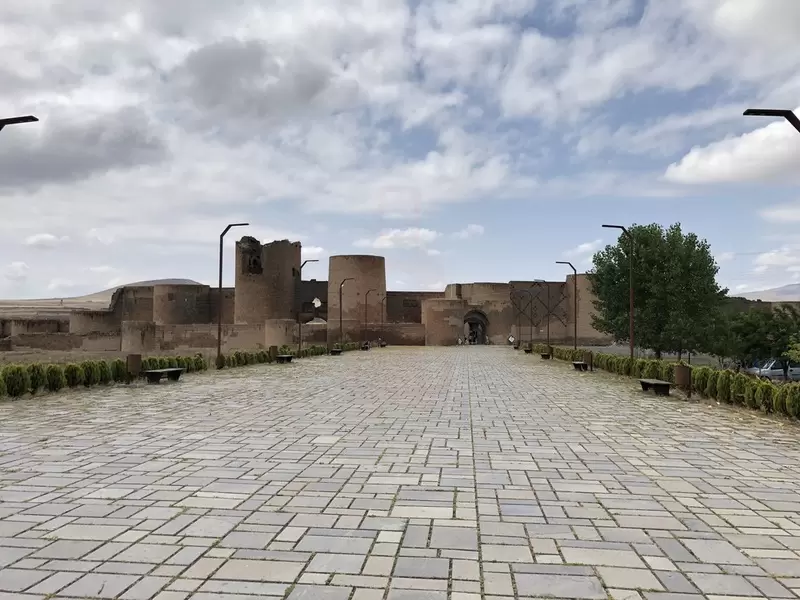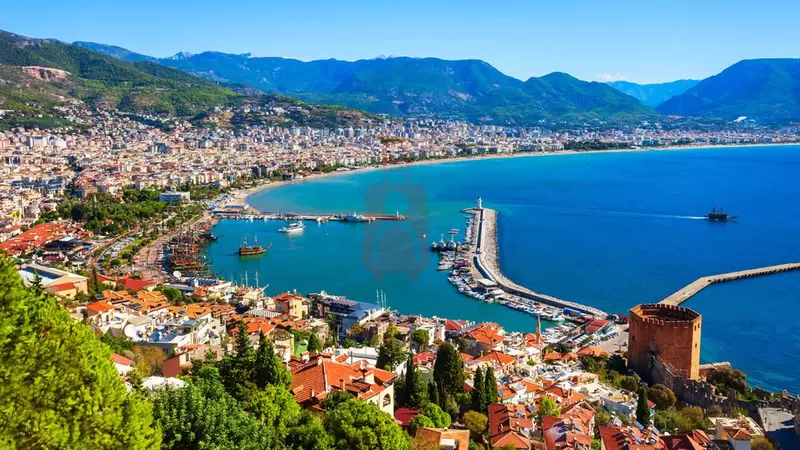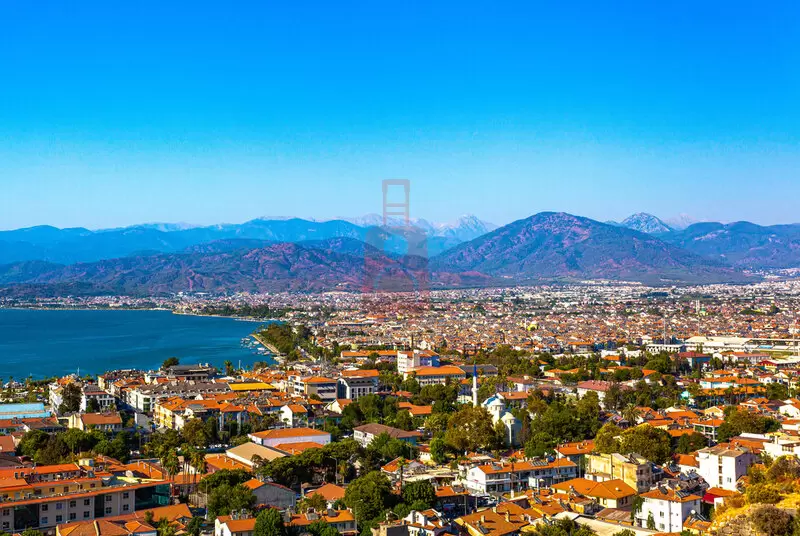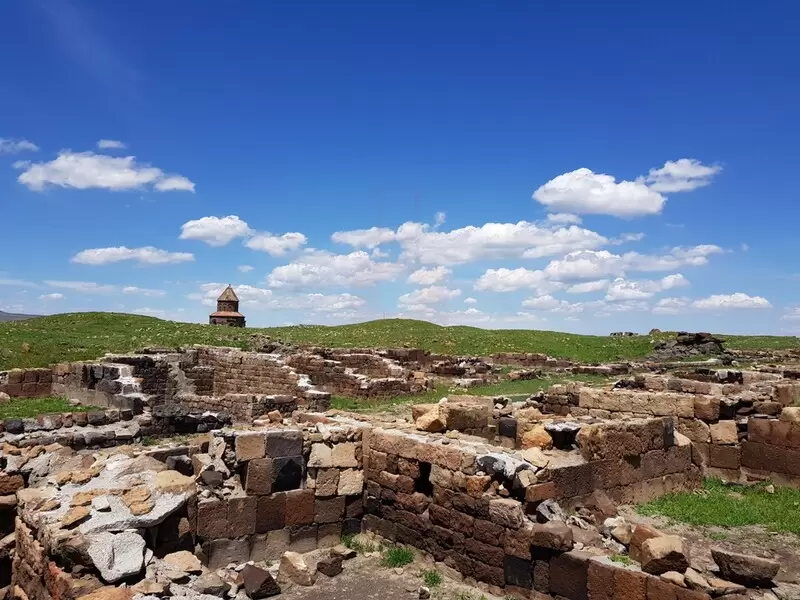
Welcome to Ani Ancient City! Located in northeastern Turkey, near the border with Armenia, Ani is an archaeological site that holds immense historical and cultural significance. Known as the City of 1001 Churches, Ani was once a prosperous medieval city and capital of the Bagratid Armenian Kingdom.
Historical Background:
Ani flourished between the 9th and 11th centuries CE and served as an
important center of trade, religion, and culture on the Silk Road. It
was renowned for its architectural achievements and was home to a
diverse population of Armenians, Greeks, Georgians, and others. Ani's
decline began in the 12th century due to political instability,
earthquakes, and shifting trade routes, leading to its eventual
abandonment.
Archaeological Highlights:
Exploring Ani Ancient City allows you to witness the remnants of its
glorious past. Here are some notable features and structures:
-
City Walls: Ani was enclosed by fortified walls, which extended for several kilometers and included numerous gates and towers. These walls served as defensive structures and offer panoramic views of the surrounding landscape.
-
Churches and Religious Structures: Ani was known for its numerous churches, earning it the nickname City of 1001 Churches. Some of the most notable structures include the Cathedral of Ani (also known as the Church of Holy Redeemer), the Church of Saint Gregory, and the Church of Tigran Honents. These churches exhibit a blend of Armenian and Byzantine architectural styles.
-
The Citadel: Located at the highest point of Ani, the citadel was the political and administrative center of the city. It housed the royal palace, government buildings, and other important structures. The citadel offers commanding views of the entire archaeological site.
-
The Church of Saint Gregory of Tigran Honents: This church is particularly renowned for its intricate stone carvings and ornate decorations. It showcases exquisite craftsmanship and is considered one of the finest examples of Armenian architecture.
-
The Church of Holy Apostles: This church, with its distinctive dome and multiple apses, exemplifies the architectural grandeur of Ani. It was constructed in the 10th century and features intricate stone carvings and decorative motifs.
Visiting Tips:
- Wear comfortable shoes suitable for walking on uneven terrain, as the site may involve some rough paths and scattered ruins.
- Bring water, sunscreen, and a hat, as shade may be limited.
- Consider hiring a guide or obtaining informational materials to gain a deeper understanding of the historical significance and stories associated with the site.
Nearby Attractions:
While visiting Ani Ancient City, you may also explore other nearby
attractions. The medieval Armenian city of Kars, known for its fortress
and rich history, is just a short distance away. The stunning natural
landscapes of the nearby Kars Plateau and the ruins of the Armenian
Cathedral of Ani on the Armenian side of the border are also worth
exploring.
In conclusion, a visit to Ani Ancient City offers a remarkable journey into the medieval history and architectural splendor of the region. The churches, city walls, and citadel provide a glimpse into the grandeur and cultural richness of this once-thriving city. Immerse yourself in history as you explore the captivating ruins of Ani.
Please note that archaeological sites are subject to ongoing research, restoration, and accessibility may vary. It's advisable to check for the latest information and guidelines from official sources before planning your visit.
